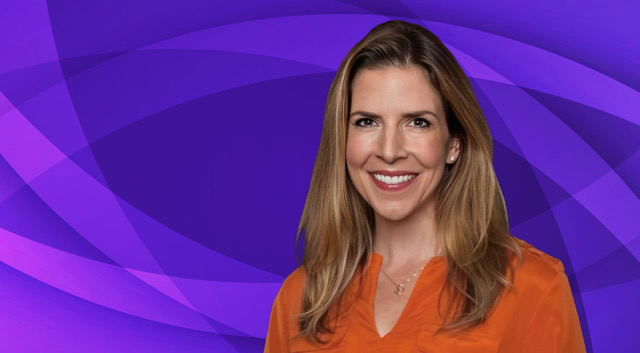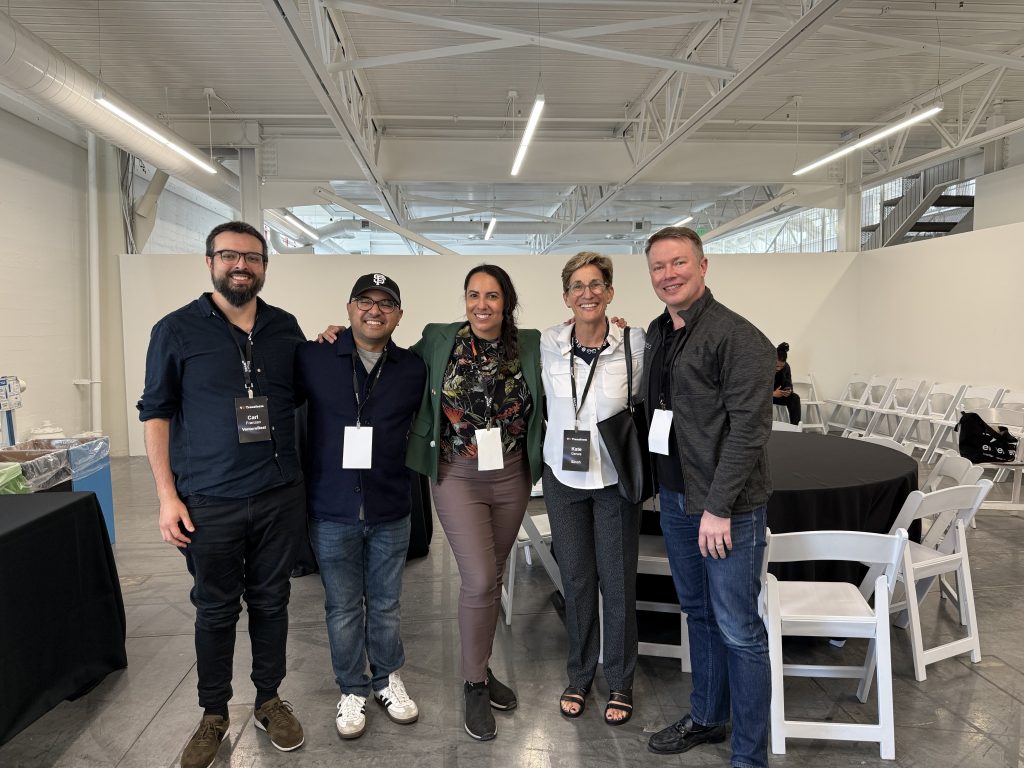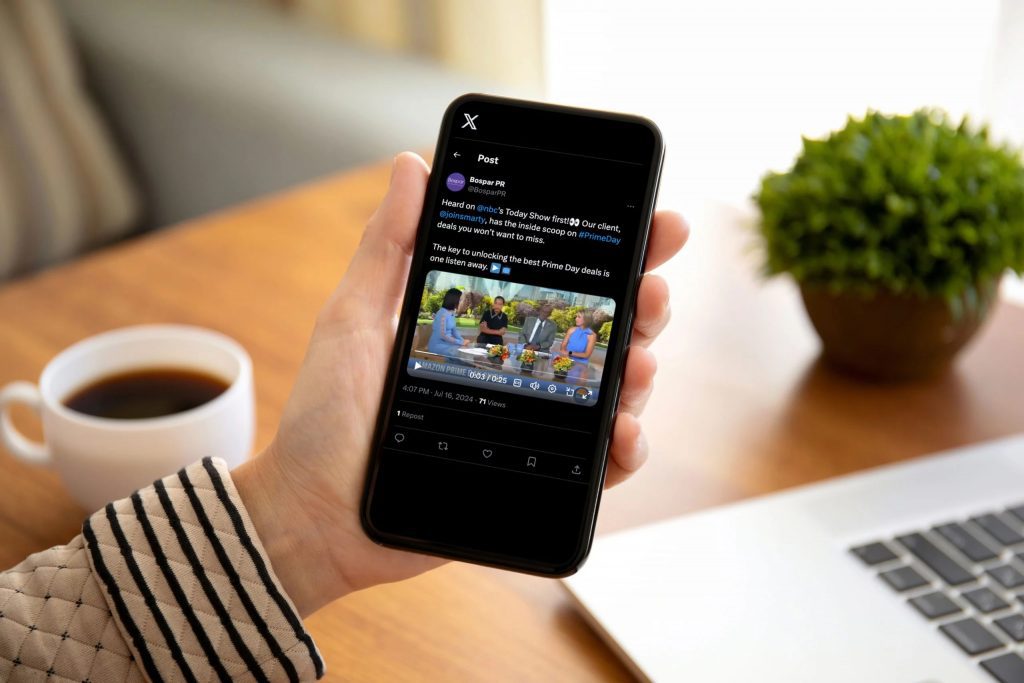Bospar Vice President Stacey Grimsrud talks with Expert Insights about how to put executives at ease, best practices in media training, and the past and future of journalism and PR.
What unique skills and experience do you have that are particularly valuable to Bospar and its clients?
Two things: perspective and experience. My experience comes from more than a decade as a broadcast news consultant, using research-based findings to identify opportunities for stations to differentiate themselves. Then, I was the assistant news director of a top five broadcast news station for another 10+ years.
I understand the challenges newsrooms face – ever shrinking budgets, bigger and bigger news holes and the profit-driven reality that is the news industry. Having that broader perspective helps me advise our clients on how they can position themselves and their news to be covered.
Sounds like your background is ideal for the media training you do for our clients.
My media training approach is different from that of my colleague Eric Chemi, who is a successful former news anchor. He has a proven track record and is a skilled and talented communicator.
Based on my personal experience, I am keenly aware discomfort with on-command performances can afflict anyone, even CEOs!
The truth is, media interviews can be especially stressful for CEOs, because they are in positions where conveying confidence is expected. They may feel there is no room for vulnerability.
When I am media training, I pay attention to clients’ non-verbal communications in addition to what they are saying.
I strive to create a relaxing, casual environment that puts executives at ease. Feeling comfortable is the first step towards conveying confidence.
My friend and former colleague, Tricia Majors of Majors Communications and WPNT, shared her approach to media training with me.
The process is three steps:
- Identify the topic that you’ll be addressing
- Determine who the audience is and whom you’ll be presenting to, and
- Understand your goal for that conversation.
I find the analysis helps executives prepare so they understand their objectives and can achieve the results they want.
What are some of the common challenges individual face when they experience media training for the first time?
Some aren’t clear on their business goal. They may not be thinking about the interview from the audience’s point of view. From their perspective, their company has an announcement and they’re the experts on it, but they don’t think critically about who the audience is and what matters to them. It’s important to understand what you want your audience to know, think or do because of reading your article or watching your interview.
Did you did you start your career in news? What was your professional trajectory?
I started working in medium market broadcast news, making very little money but learning a lot!
I thought I wanted to report, but quickly learned I was a better producer. I “built character” by producing the morning show from midnight to 8 a. m. and then going straight to my side hustle, working as a teacher’s associate in a special needs classroom for another four hours.
The premier news consultation company, which was headquartered in my hometown, offered me an opportunity to work for them, and I jumped at the chance. It was an incredible learning experience.
After a short period, I became their first and youngest consultant-in-training. I cut my teeth working with small markets throughout the country, eventually ascending to consulting larger and larger markets.
It was through that work that I came to the largest independent television station in the country, leading the newsroom during a transformative and controversial transition to one-man-band video journalism. And that’s where I met Bospar principal Curtis Sparrer. We made a good team then and now!
As a producer, you interfaced with many public relations agencies. What makes for an effective PR agency?
I think it’s about understanding the demands on people in the newsroom. They are doing more with less in a 24-hour news cycle. As a former journalist, I understand it’s a for-profit industry, they’re not here to serve the public good. News outlets make money by attracting an audience so they can sell advertising. That firsthand, in-the-trench perspective helps me and others at Bospar create compelling content that cuts through what other agencies might be bringing forward.
We know journalists are measured by clicks, comments and views. Unfortunately, the relative importance of a story matters less than whether the audience finds it interesting. And what matters even less than that is how important an announcement is within a company!
Having that perspective helps us counsel our clients. A Bospar client may be really excited about something – of course they are – this is the result of their hard work, all the blood, sweat and tears that goes into innovation! But it may not be newsworthy. That’s not necessarily the end of the story, though. We can work with them to tweak or reshape the idea in a way that has more news value. Or, we might advise that they forego a media initiative and focus efforts elsewhere.
How has news evolved since your career started?
People used to plan their day around the news. You had to be in position, on your couch or recliner, in time to watch the six o’clock news, because there was only one crack at it. There weren’t DVRs or multiple hours of news across so many different channels. So, I think as the platforms and the delivery channels have increased, so too has the news. Creators need to produce ever more salacious, provocative, compelling content that is going to hold your attention, sometimes to the detriment of the actual content. Unfortunately, I don’t think “mass media” has evolved for the better, but what has evolved is niche, hyper-focused news outlets that are producing high quality, highly relevant content to a specific audience.
What does the future of journalism or PR look like?
Over the last two decades or so, we’ve seen the decoupling of news and paid influencers. First, we saw the rise of influencers, and the public backlash after followers discovered influencers were being paid to give endorsements. Then, we saw the rise of microinfluencers who have smaller following, but greater influence over product sales, because they’re perceived as providing genuine endorsements. There’s a huge trend happening in and beyond social media which has to do with authenticity and transparency.
I think we’re going to see a shift back to established, trusted sources which the media used to be. For many decades, journalists had credibility just by virtue of being in that position. Their copy was fact-checked, their prose was copyedited. There was a level of quality inherent in the news which we seem to have diluted as the result of the internet and social media where a lot happens in real-time or near real-time.
By virtue of being so democratized, “news” is no longer reserved for an industry of integrity informing people. Now, anyone can write a blog or post text, images or video on social media. That’s dangerous, because if we don’t have a reliable source of information, then where do we go?
I think the exciting thing here at Bospar is that we’re on the forefront of media evolution. We have great relationships with media and we have many people here who have worked in media, which means we’re probably not going to be blindsided by trends like ChatGPT, for example.
The media is an ecosystem that extends well beyond newsrooms. Agencies are part of it. We contribute ideas and provide access to people with specialized knowledge that can help a reporter tell a compelling story.
As media has changed, so has PR. I imagine if we didn’t have the relationships we have and didn’t have people on staff with deep media experience we’d be among the last to understand the early signals of change. Instead, we’re constantly pushing the envelope to understand what’s working or not working, where, when, who, why and how so we can adapt and provide our clients with truly informed insights.



